Shochu and awamori are Japan’s native spirits. They’re popular in Japan, but largely unknown in the West. My goal is to make learning about these two legendary liquors easy and fun.
Check out our awamori and shochu content below. You can learn the basics, top producers, and the best places to find your own bottle.
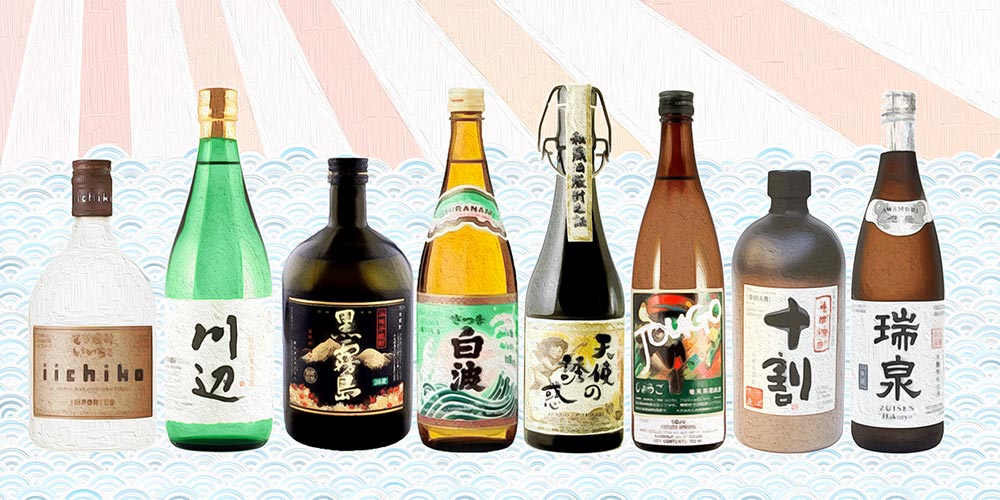
Shochu & Awamori Retail Guide
Shochu is a beloved spirit within Japan but remains mysterious and hard to get abroad. This article answers the fundamental questions about what shochu is, what it isn’t, and where you can find some.
Shochu and Awamori Brands
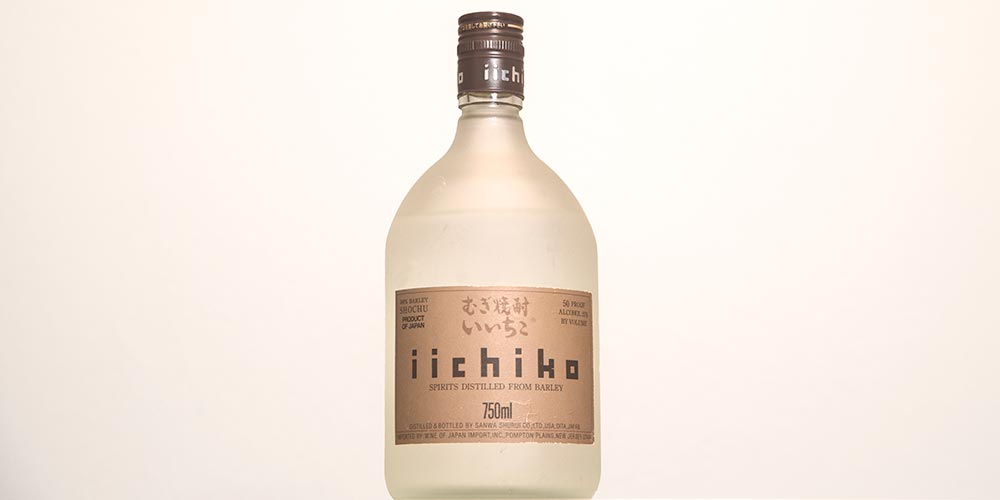
Iichiko Silhouette Barley Shochu
Iichiko Silhouette is the ultimate gateway shochu. We review this famous barley shochu and suggest retailers, pairings, and chuhai recipes.
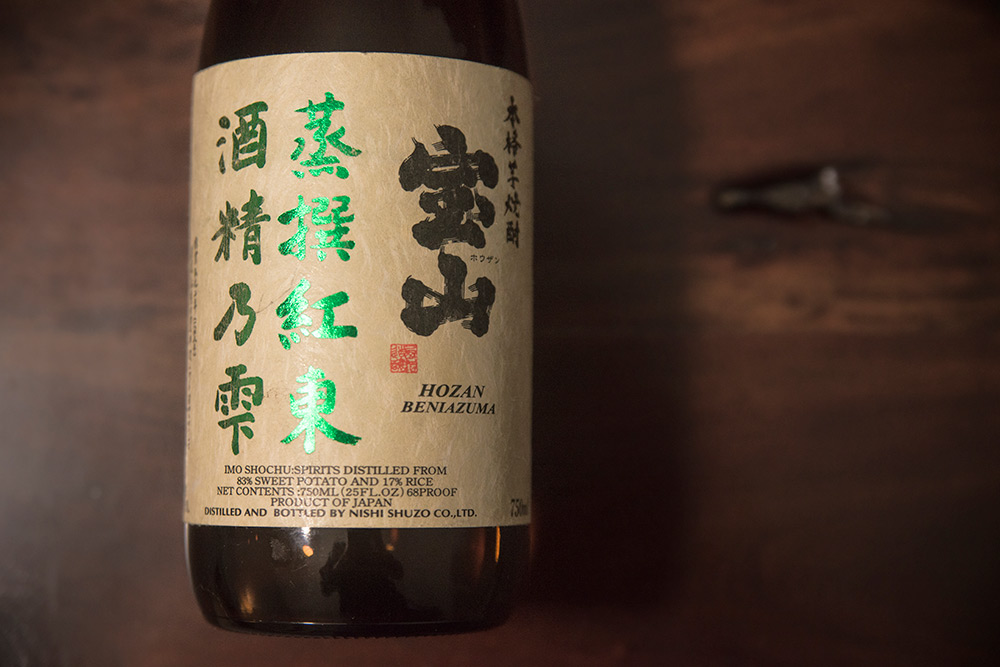
Hozan Beniazuma Imo Shochu
Nishi Shuzo’s Hozan Beniazuma is part of a limited-production line of genshu shochu, each showcasing different types of sweet potatoes. It’s one of the best shochu on the market. Click the button below to find out why.
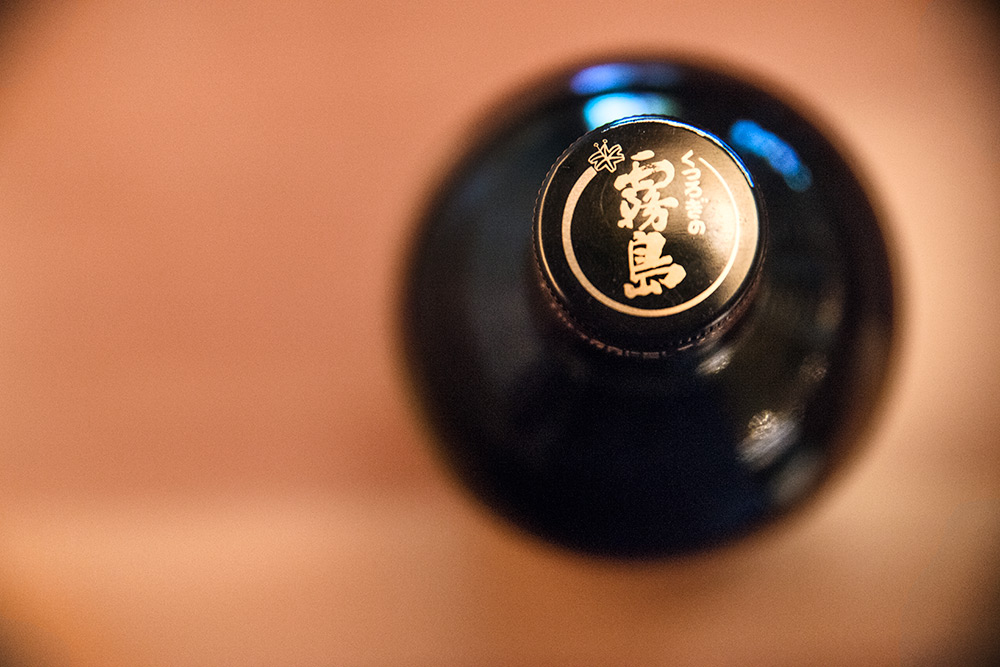
Kuro Kirishima Imo Shochu
This sweet potato shochu is a staple of the izakaya and Japanese bar scene. If you’re new to shochu, Kuro Kirishima should be on your short-list.
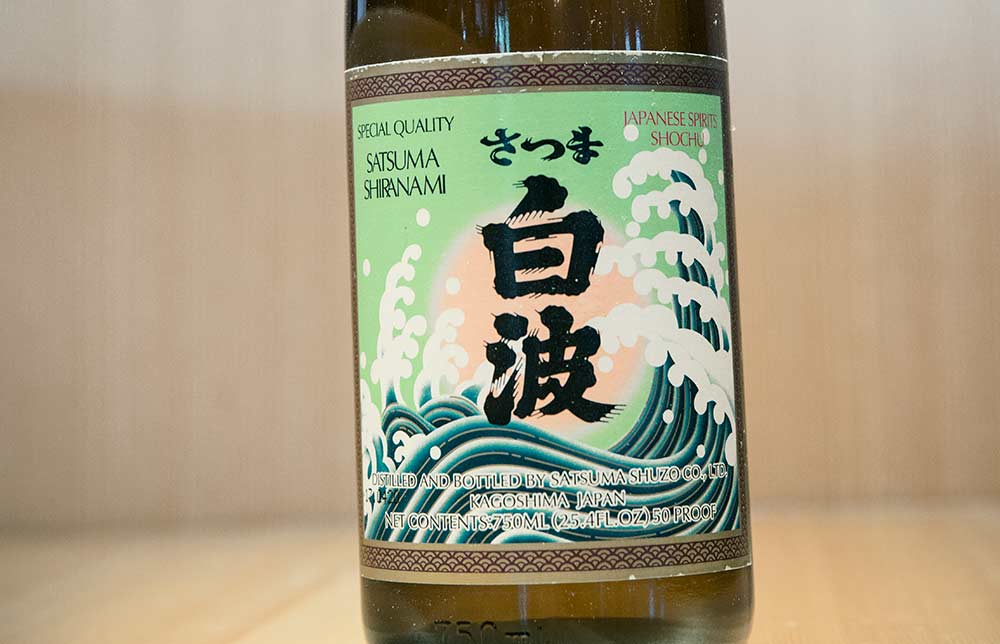
Satsuma Shiranami Imo Shochu
Satsuma Shiranami is a mega-popular honkaku sweet potato shochu brand from Kagoshima. It has a soft, sweet-ish, and crisp profile. Click the button below to learn all about this classic Satsuma shochu.
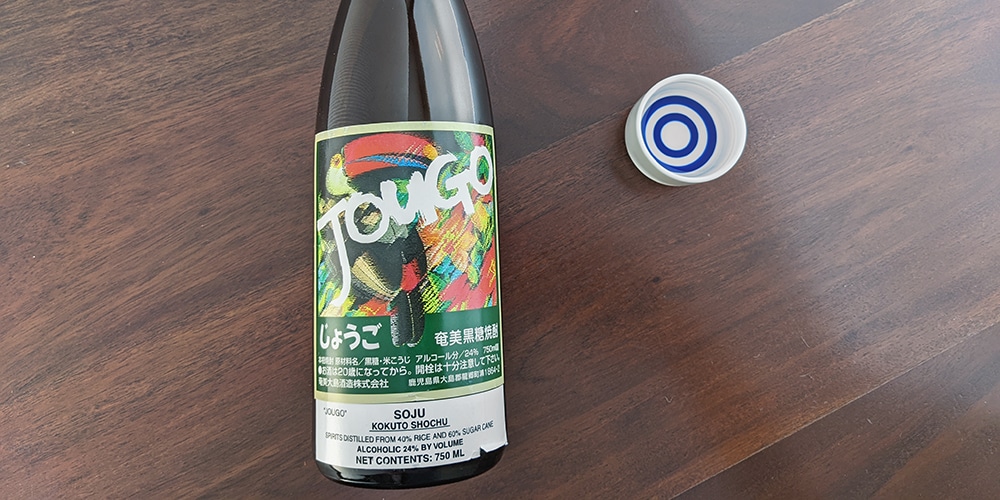
Jougo Kokuto Shochu
Jougo is a super fruity and smooth kokuto shochu. It’s one of my all-time favorite spirits, and if you’re into shochu or rum, you’ll probably like it too.
Click the link below to learn how it’s made, what it tastes like, and where to find it. And there are some serving and cocktail recipes, as well.
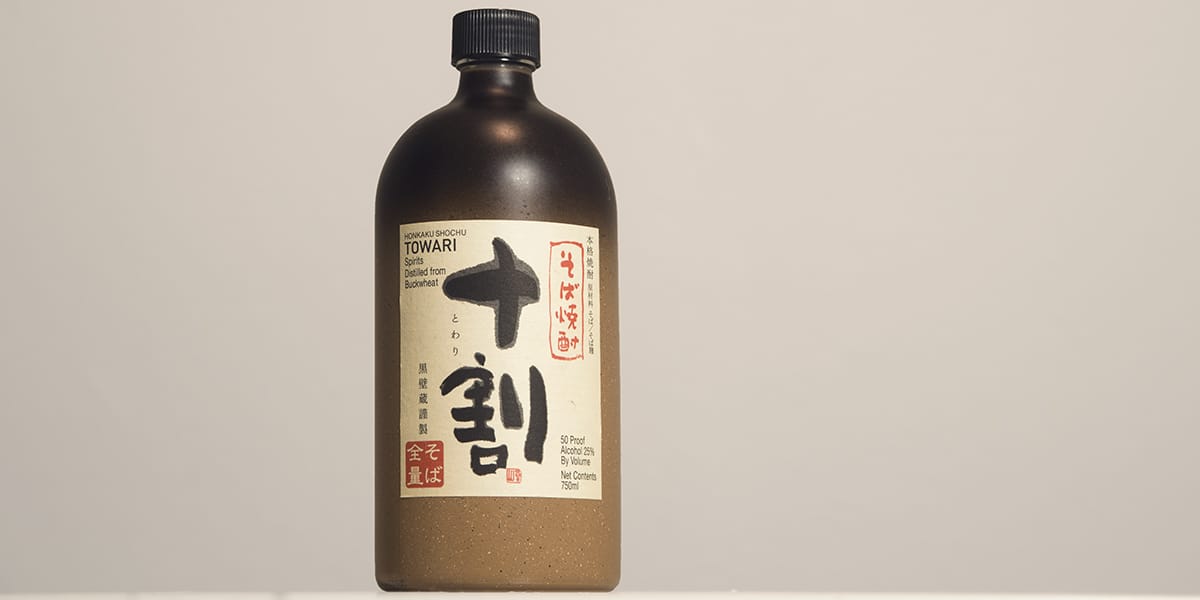
Towari Soba Shochu
Towari is the original 100% soba shochu, meaning it’s made exclusively with soba koji and soba. The result: a rich, nutty, and toasty spirit. There really isn’t anything quite like Towari.
Click the button below to learn how it tastes, what to pair it with, and more.
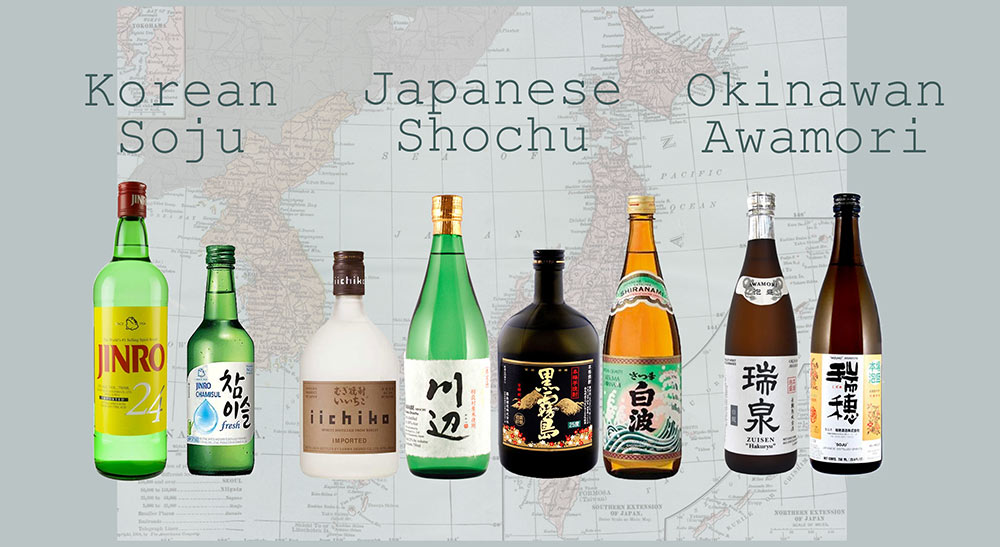
What is Shochu? 16 Frequently Asked Questions Answered
Shochu is a beloved spirit within Japan but remains mysterious and hard to get abroad. This article answers the fundamental questions about what shochu is, what it isn’t, and where you can find some.
Types of Shochu
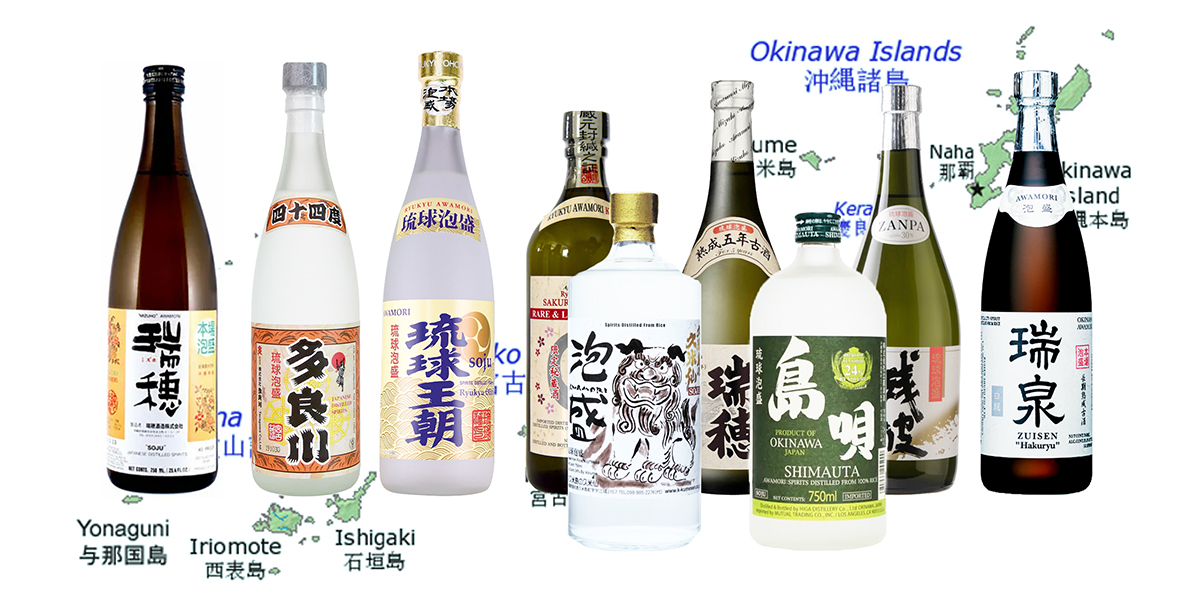
Awamori
Awamori is the original Japanese spirit from which shochu evolved. This robust, savory, Okinawan liquor is one of Japan’s hidden gems.
This page takes a ariel view of awamori and will teach you what it tastes like, its history, and popular brands.
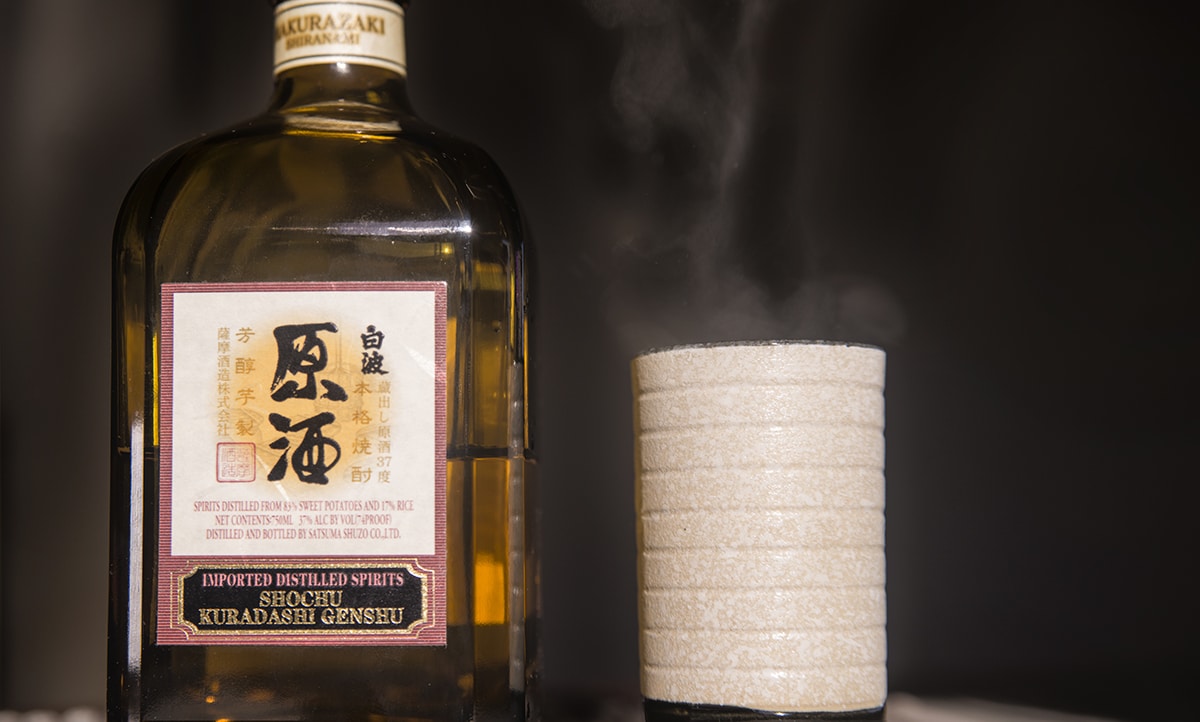
Imo Shochu
Sweet potato shochu (imo shochu) is the king of Japanese spirits. It’s by far the most popular type of shochu.
Imo shochu is typically rich, fruity, savory, and complex. But there are a lot of variations in styles and flavor profiles. Click the button below to learn all about sweet potato shochu.
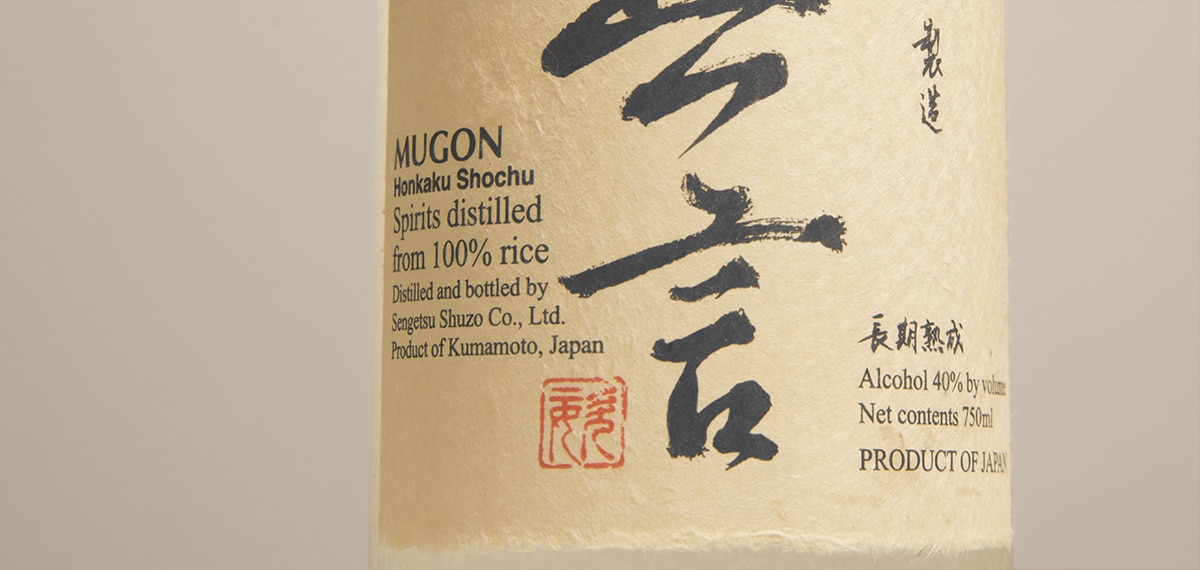
Kome Shochu
Rice shochu, or kome shochu, is a smooth and sake-like spirit. It’s also a great introductory honkaku shochu, as it tends to be mild, soft, and drinkable.
The Hitoyoshi Basin of Kumamoto is the most famous producer of this drink. But it’s also made in other parts of Japan.
Learn all about this classic Japanese shochu by clicking the button below.
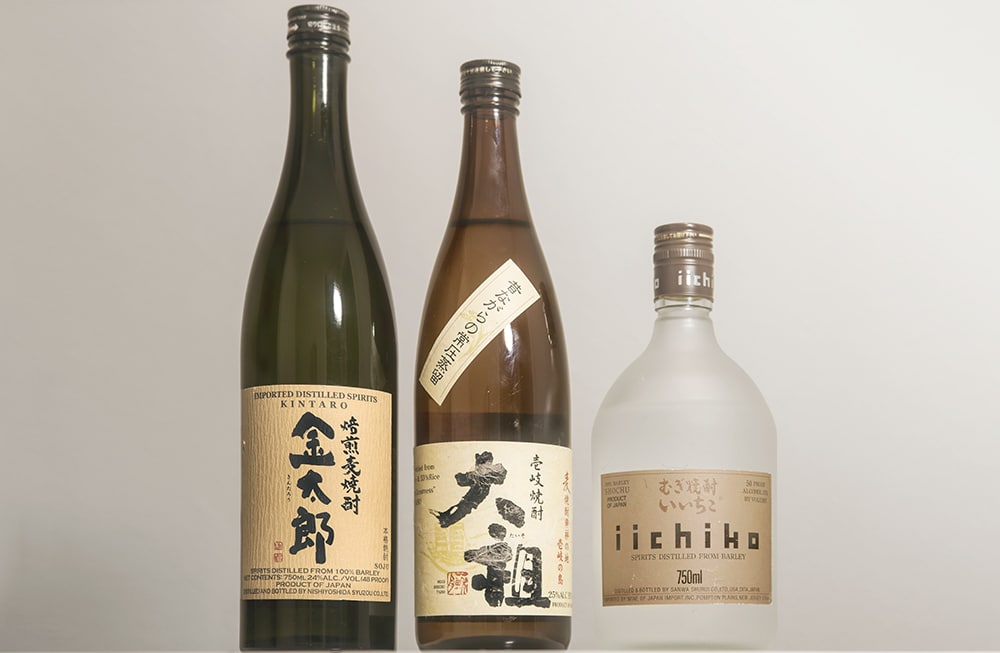
Mugi Shochu
Barley shochu, or mugi shochu, has a long history in southern Japan. It’s likely that barley and barley shochu were introduced to Iki Island via Korea.
Today, mugi shochu is made in several prefectures, most notably Nagasaki and Oita. Click the button below to learn about this classic honkaku shochu.
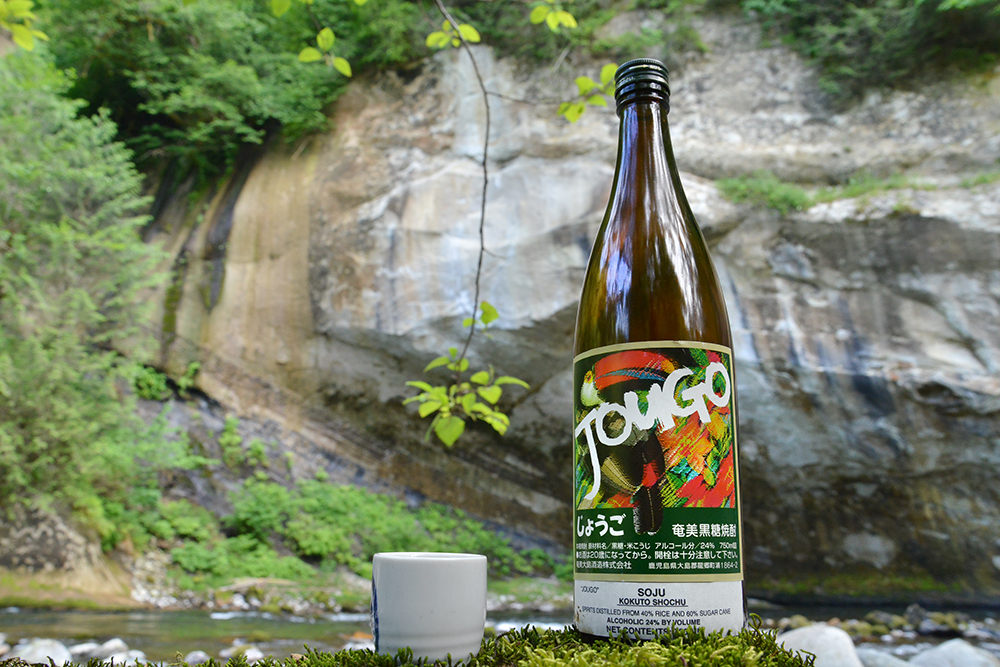
Kokuto Shochu
Kokuto shochu is made with brown sugar and rice koji. It’s a specialty of the Amami Islands of Kagoshima. And its history is relatively short.
Amami Kokuto shochu has a rum-like flavor. Notes of lime and coconut are common. It’s shochu’s take on rum and is worth seeking out.
Learn more about kokuto shochu by following the link below.
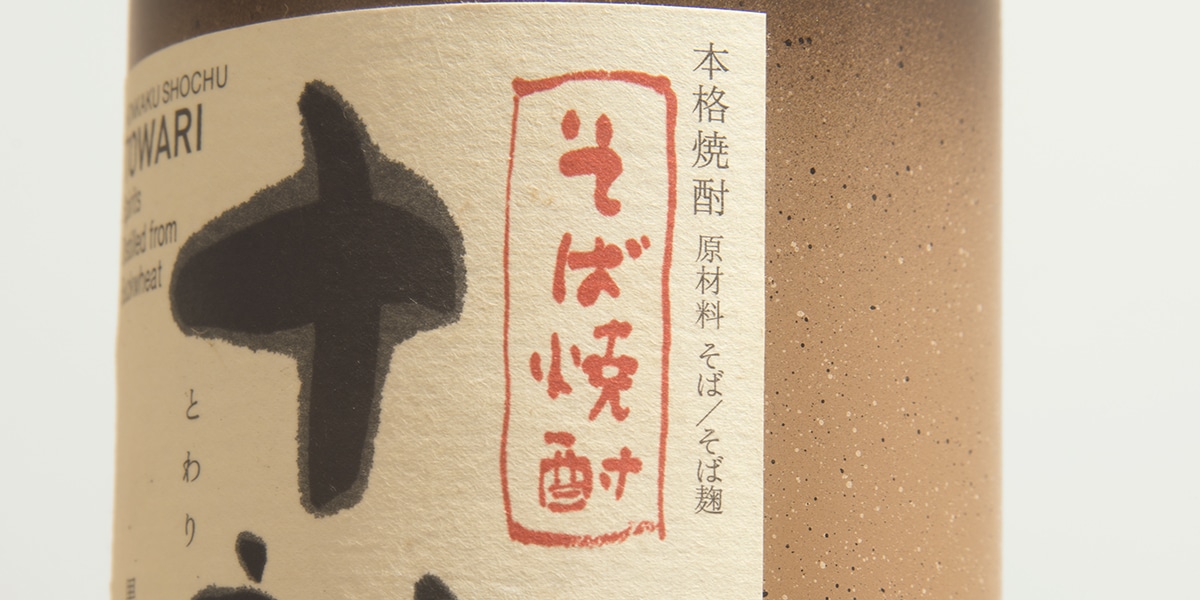
Soba Shochu
There are few shochu styles of shochu as distinctive as soba shochu. It’s only been around a few decades, but it’s one of the most popular styles.
Learn about its history, flavor, regions, pairings, brands, and more. Click the link below to explore this nutty Japanese spirit.
Shochu Production
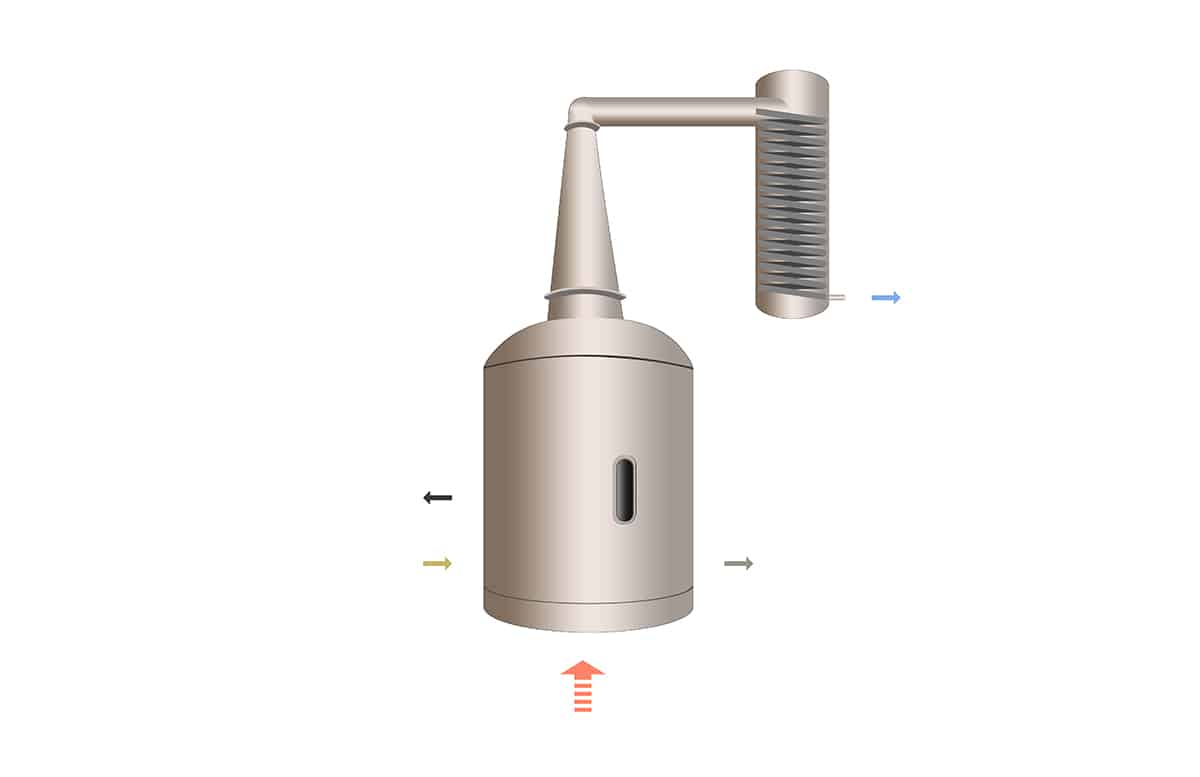
Atmospheric and Vacuum Distillation
There are two ways that pressure is used to distill shochu. Atmospheric is the traditional method. It’s used to make the vast majority of the world’s spirits.
Vacuum distillation is a newer method that reduces the pressure inside the still.
Each method yields a different style of shochu. Click the button below to learn about the flavor and aroma profile each method yields plus some nerdy details.
Shochu Ingredients
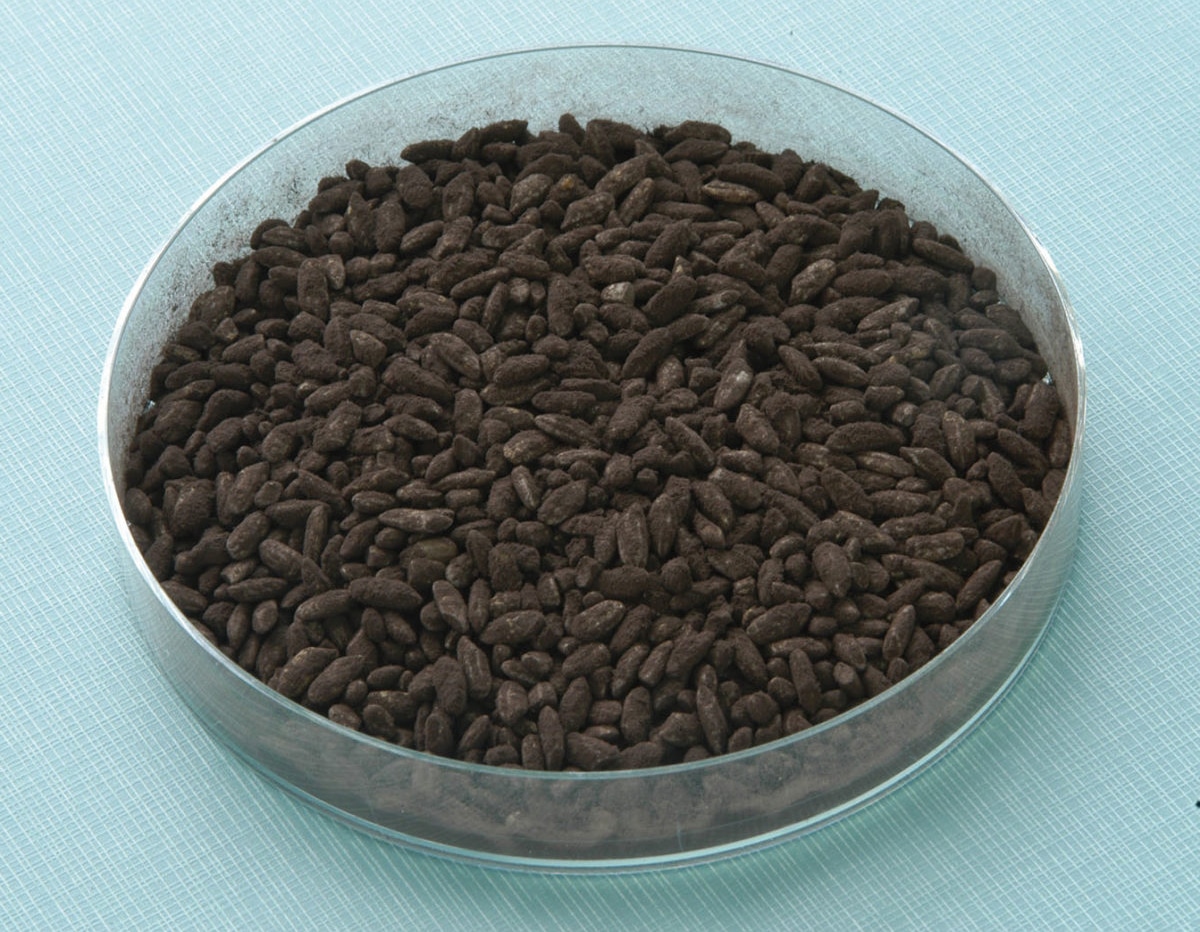
Kuro Koji: Black Koji Shochu
Black koji is the oldest and most significant variety of shochu koji. It’s still used exclusively in awamori and is very popular for sweet potato shochu.
If you want to understand what shochu is all about, this page is a great place to start.
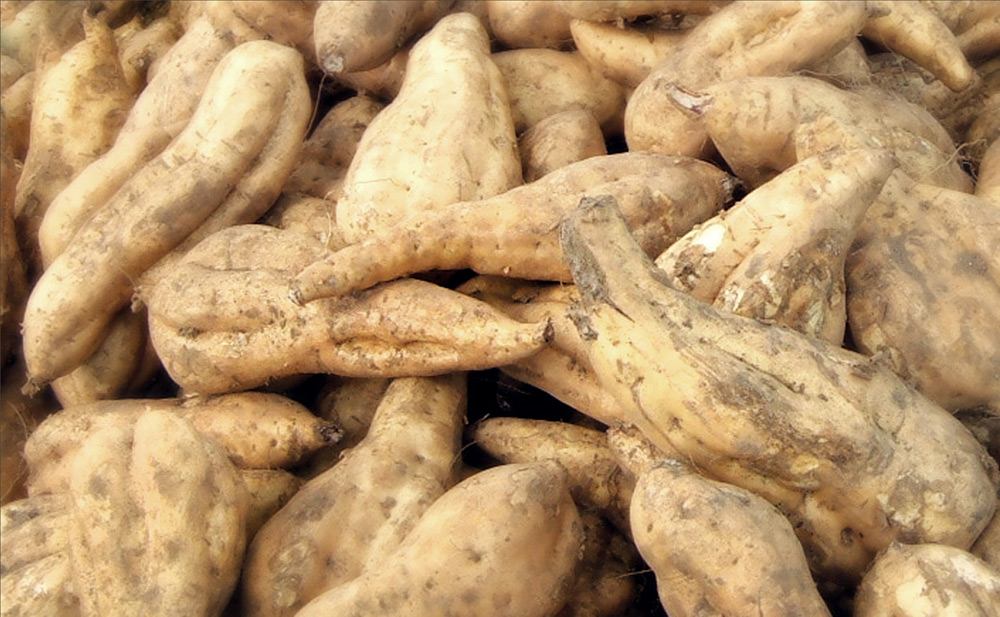
Koganesengan Sweet Potato
Grab a random bottle of imo shochu, and it’s most likely made with Koganesengan.
Learn about Koganesengan, the most popular sweet potato shochu cultivar. Often results in a slightly sweet, citrusy, floral, and pumpkin-spiced shochu.
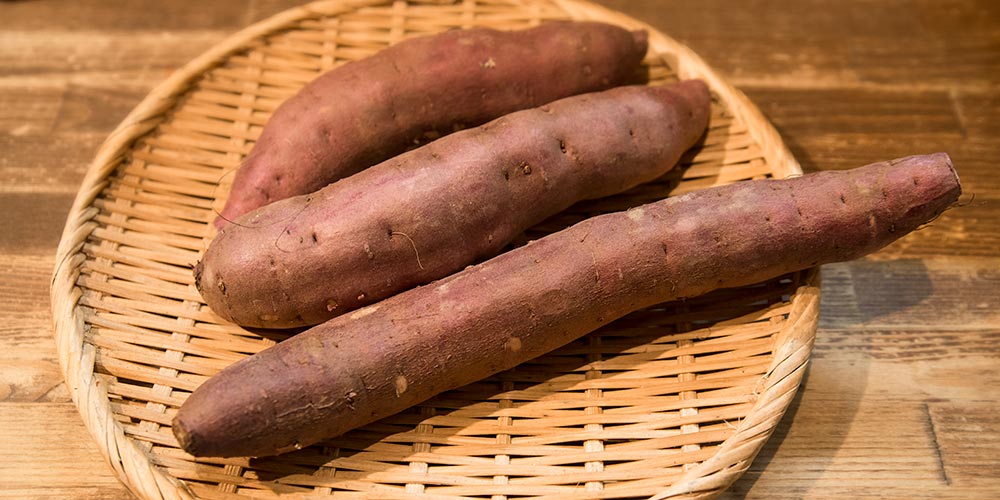
Beniazuma Sweet Potato
Beniazuma is a super popular sweet potato varietal for both the table and for shochu production. It has a very sweet and rich flavor profile when eaten, as well as when it’s made into Shochu. The resulting Shochu often has a smooth texture with high extract.
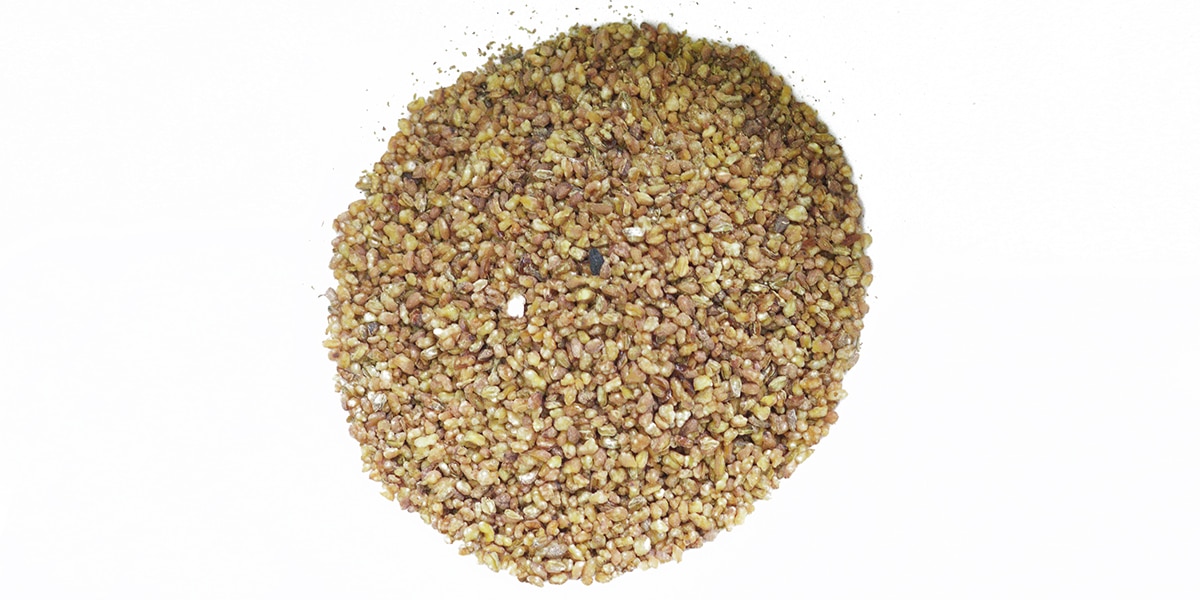
Soba – Buckwheat
Buckwheat is grown all over the world and has been grown in Japan for over 1000 years. Click the button to learn some history, species, and soba shochu information.
Shochu and Awamori Education
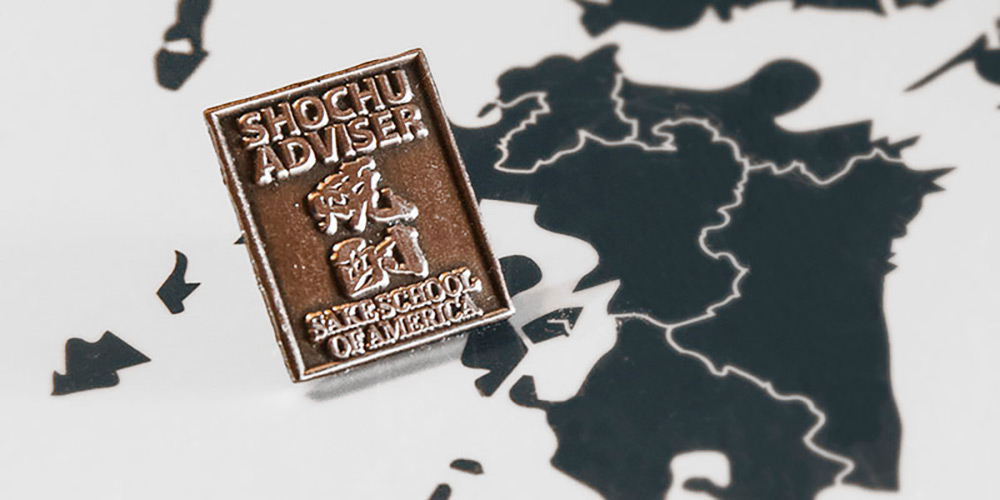
How to Become a Shochu Samurai
If you’re looking for more insight into the world of shochu and awamori, you’ve come to the right place. Click the button below to uncover the best available resources to advance your knowledge.